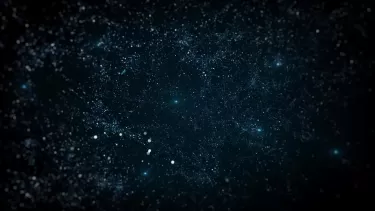Galaxies

Sciences & Technology
Research
Growing evidence for evolving dark energy could inspire a new model of the Universe
The South Pole Telescope has mapped our skies in more detail than ever before, strengthening our understanding of dark energy and the expansion of our universe

Sciences & Technology
Dark matter might be ‘light’
We don’t know the mass of dark matter particles, so researchers are developing new techniques to look for new, lighter types

Sciences & Technology
Q&A
Q&A: Seeing a ‘cosmic monster’
Scientists have captured the first direct images of a giant black hole at the centre of the Milky Way - but what does it tell us?

Sciences & Technology
Podcast
Catching sight of dark matter
This century, one the biggest challenges in fundamental physics will be to really understand the nature of dark matter, explains Professor of Physics Elisabetta Barberio

Sciences & Technology
Under the Microscope
The dark matter detective
High energy physicist Professor Elisabetta Barberio is leading groundbreaking Australian research in the hunt for dark matter and it’s all happening deep underground

Sciences & Technology
Sky hopping with Australia’s first space telescope
Innovative design is combining with new, low-cost nano-satellite technology to build Australia’s first space telescope, Skyhopper

Sciences & Technology
Getting it right: The most complex space telescope ever built
As the Hubble Space Telescope prepares to mark its 30th year, what can we expect from its successor, the James Webb Space Telescope?

Sciences & Technology
A quiet Sunday night discovering a supermassive black hole
How two University of Melbourne astronomy students played a key role in one of the greatest space discoveries of 2018

Sciences & Technology
Supermassive black holes feed on cosmic jellyfish
Scientists have discovered a previously unknown way that so-called jellyfish galaxies fuel supermassive black holes - helping our understanding of the evolution of the Universe

Sciences & Technology
Finding a needle in a space haystack
A University of Melbourne student has been given rare access to the Spitzer Space Telescope to explore the origins of the universe